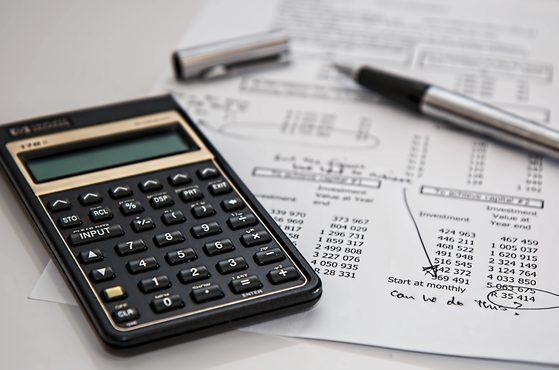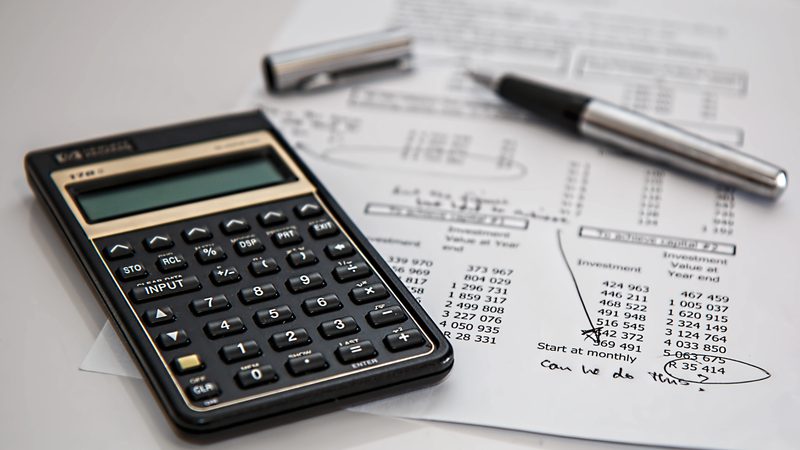Pensions in divorce — achieving equality in retirement through sharing, attachment & offsetting

We explore how pensions are treated in divorce, from entitlement and valuation to division options.
Read more
We make the difference. Talk to us: 0333 004 4488 | hello@brabners.com
AuthorsAmy Harris
7 min read

Originally published on 23 March 2022 and updated on 15 December 2025.
Pensions are often among the most valuable assets in a divorce or dissolution of a civil partnership yet are frequently undervalued or misunderstood. This can result in the asset being overlooked altogether, leaving one party at a significant disadvantage in retirement.
Imbalances are common, particularly where one party has earned more or one parent has taken a step back from work to raise children. It’s therefore essential that proper consideration is given to pension assets within any financial settlement to ensure that both parties’ financial needs in retirement are met.
Here, specialist family and divorce lawyer Amy Harris from our Brabners Personal team explores how pensions are treated in divorce, from entitlement and valuation to division options.
When a marriage or civil partnership ends, all pensions accumulated by both parties will be taken into account when considering an appropriate financial settlement, regardless of whether such pensions were built up before the marriage or after separation. The court’s starting point is usually to equalise pension income in retirement although it’s sometimes possible to offset pensions against other assets such as equity in the family home.
There are circumstances where you may be able to advance certain legal arguments to seek a departure from equality. For example, in shorter relationships or where the parties have been separated for a long period, contributions made before or after the marriage may be ringfenced. For longer relationships, however, the court will generally want to be satisfied that each party has sufficient pension provision in retirement before considering ringfencing.
Broadly speaking, there are two types of pension scheme:
Most pensions can be shared upon divorce with the exception of the main state pension. The type of scheme and its rules will determine how a split can be achieved. For example, a final salary pension may prohibit an internal transfer, preventing the non-member from retaining a fund within the same beneficial scheme. It generally costs a lot more to purchase equivalent pension benefits on the open market. Self-invested personal pension (SIPPs) — which may hold property — can also present challenges if assets need to be sold to provide liquidity.
It’s a common misconception that a pension in payment can’t be shared. In fact, most pensions can be, although additional issues like the impact on the member’s income, clawback of funds during implementation and the inability to take a second tax-free lump sum can arise.
The first port of call in valuing a pension is to request a cash equivalent transfer value (CETV) from the provider. While this figure is intended to represent the capital value of the pension fund, CETVs can be misleading. Defined benefit pensions, for example, often appear undervalued compared with defined contribution schemes even though they may provide far greater benefits in retirement.
An NHS pension with a CETV of £500,000 is likely to be worth considerably more in retirement than £500,000 held with Aviva in a defined contribution fund. Each pension provider has their own way of calculating the CETV of a member’s pension for the purpose of divorce and the assumptions made often differ significantly from one provider to the next.
The court has a variety of options when dealing with pensions, such as:
Pension sharing is the most common way of dividing pensions on divorce. In simple terms, a percentage of one spouse's pension fund is transferred into a pension fund in the other spouse's name. The appeal of this approach is that it enables both parties to build up their pension funds independently after the original pension sharing order has been finalised, creating a clean break. This option was only available to divorcing couples after December 2000. As part of the implementation of a pension sharing order, the funds can be paid into a separate pension pot for the receiving spouse. This may be within the same scheme or it could be to an external pension. The options available will depend upon the pension scheme itself.
Pension sharing can be complicated, particularly where there are multiple pensions across different schemes. As family lawyers, we regularly instruct specialist pension actuaries to advise our clients and their partners on what an appropriate share might be. Actuaries can carry out calculations to work out how to equalise pension income on retirement. They’re also recommended if you’re trying to ringfence contributions that may have accrued prior to the marriage or after separation. Actuarial advice is particularly important where there are defined benefit or public sector pensions as these schemes are complex and the CETV doesn’t always reflect the benefits available.
Since pension sharing was introduced in 2000, pension attachment is generally less favoured. It provides for a portion of the lump sum and/or pension income to be paid to the other spouse when the pension holder retires, based on the fund's value at that time. There may be cases where this option is attractive but they’re few and far between. Unlike a pension sharing order, it doesn’t achieve a clean break. The receiving spouse has no control over when their former partner decides to draw their pension, creating a considerable amount of uncertainty.
Pension offsetting allows the pension holder to keep their fund in full with the other spouse receiving a greater share of the remaining assets like cash savings or equity in a property. While this approach achieves a clean break between parties, it can cause problems where liquidity is an issue.
Depending on the value, amount of different pension funds and type of scheme, it’s often the case that an expert pension actuary is instructed to prepare calculations as to the appropriate pension sharing options.
State pensions are extremely valuable but are often overlooked. While your basic pension can’t be shared, pension sharing orders can be made if you’re entitled to additional benefits through your National Insurance contributions. If you reached state pension age before 6 April 2016, your Additional State Pension can be shared. If you reached state pension age on or after 6 April 2016 (and divorce proceedings began on or after this date), your protected payment could be shared instead.
It's especially important to fully consider state pensions where one party has given up work to care for children and hasn’t been able to make contributions to increase their Additional State Pension or protected payment. While only certain aspects of these pensions can be shared, their value shouldn’t be ignored. For example, an imbalance in state pension entitlement may result in the financially weaker party receiving a greater share of the private pension funds or additional capital through offsetting.
Pensions are a complex asset and it’s vital that they’re handled with care during divorce or dissolution. Brabners Personal provides trusted legal support for life with our award‑winning family and private client solicitors advising on every aspect of pension division and financial settlement. Working closely with specialist pension actuaries, we ensure outcomes that are fair and future‑proof.
Talk to us by calling 0333 004 4488, emailing family@brabners.com or completing our contact form below.

Loading form...

We explore how pensions are treated in divorce, from entitlement and valuation to division options.
Read more

We set out everything you need to know about financial orders — how they work, the different types and more.
Read more

We explain how and when a marriage can be annulled as well as how to know if a marriage is void or voidable.
Read more